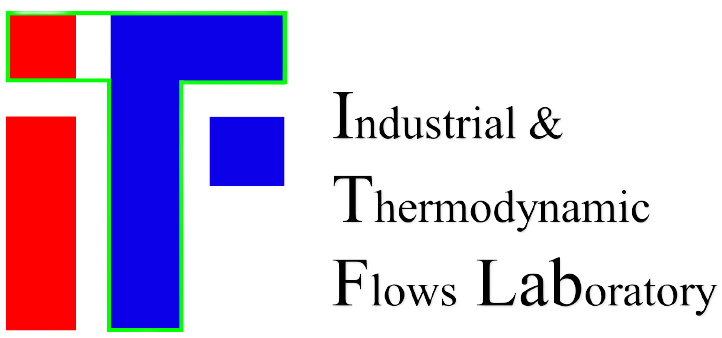Electrochemical process

To simulate electrochemical system with forced convection, models were developed considering tertiray current distribution by solving Nernst–Planck equations in the bulk of electrolyte, and faradaic reactions at the metal–electrolyte interface.
A fully coupled model is proposed to investigate the influence of flow on electrochemical mass transfer at the interface between the electrolyte and an electrically conductive droplet. Computations of flow, concentration of reactant, and electric current density fields were carried out. With the increase of Reynolds number, the amount of electric current density which flows through the droplet increases. Velocity and concentration of reactive ion fields are shown.

Transport phenomena including the electromagnetic, concentration of ions, flow, and thermal fields in the electroslag remelting (ESR) process made of slag, electrode, air, mold, and melt pool are computed
considering tertiary current distribution.the calculated field structures are compared with those obtained using the classical ohmic approach, namely, primary current distribution whereby variations in concentrations of ions and faradaic reactions are ignored. A comparison considering the computed
electric current density is made between processes under different operating conditions, such as electrode anodic (+), electrode cathodic (-), and the classical ohmic approach.

Publications
1) Karimi-Sibaki E., Kharicha A., Vakhrushev A., Wu M., Ludwig A., Bohacek J.: J. Iron Steel Res. Int. (2021). DOI:10.1007/s42243-021-00686-z
“Investigation of effect of electrode polarity on electrochemistry and magnetohydrodynamicsusing tertiary curent distribution in electroslag remelting process”
2) Kharicha A., Karimi-Sibaki E., Vakhrushev A., Wu M., Ludwig A., Bohacek J.: Int. J. Heat and Mass Trans. (2021). DOI: 10.1007/s00231-021-03071-4
“Hydrodynamically enhanced electrochemical mass transferon the surface of an electrically conductive dropet
3) Karimi-Sibaki E., Kharicha A., Wu M., Ludwig A., Bohacek J.: Metall. Mater. Trans. B 51 (2020) 871-879. DOI: 10.1007/s11663-020-01795-y
“A Numerical Investigation on the Electrochemical Behavior of CaO and Al 2O 3 in the ESR Slags”
4) Karimi-Sibaki E., Kharicha A., Wu M., Ludwig A., Bohacek J.: J. Electroch. Soc., 165 (2018) E604-E615. DOI:10.1149/2.1201811jes
“Contribution of an Electro-Vortex Flow to Primary, Secondary and Tertiary Electric Current Distribution in an Electrolyte”
5) Karimi-Sibaki E., Kharicha A., Wu M., Ludwig A., Bohacek J.: Ionics 24 (2018) 2157-2165. DOI: 10.1007/s11581-018-2460-3
“Confrontation of the Ohmic approach for with the ionic transport approach for modeling the electrical behavior of an electrolyte”
6) Karimi-Sibaki E., Kharicha A., Wu M., Ludwig A., Bohacek J.: Steel Res. Int. 88 No. 5 (2017) 1700011 (1-8).
“Toward Modeling of Electrochemical Reactions during Electroslag Remelting (ESR) Process”
7) Karimi-Sibaki E., Kharicha A., Wu M., Ludwig A., Bohacek J.: Appl. Math. 357 (2018) 357-373. DOI: 10.1016/j.amc.2018.01.008
“Modeling electrochemical transport of ions in the molten CaF2 –FeO slag operating under a DC voltage”

